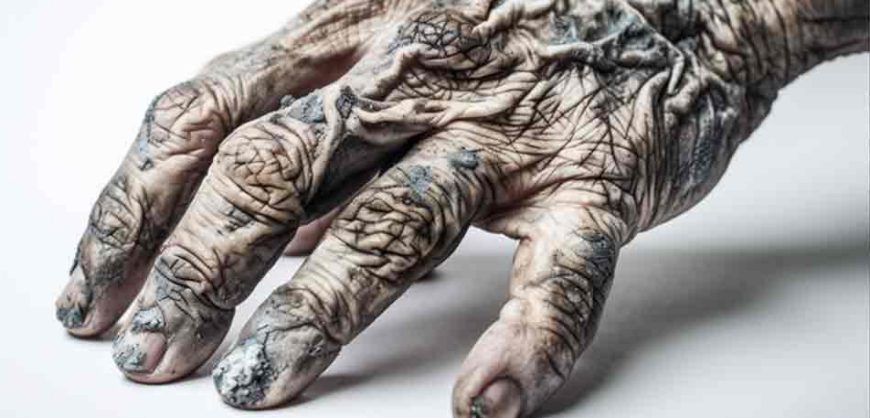Living in medieval cities exposed residents to a myriad of afflictions stemming from unsanitary conditions and limited medical knowledge. Leprosy, caused by the Mycobacterium leprae bacteria, was a widespread concern during this era. Historical records indicate that leprosy was prevalent in both the Byzantine Empire and Western Europe from the 12th century onwards. The establishment of leper hospitals outside city centers, such as those in France and the Low Countries, illustrates the severity of the problem and the societal response to it.
The Black Plague, caused by the Yersinia pestis bacteria, remains one of the deadliest pandemics in human history. It swept through Europe during the mid-14th century, resulting in millions of deaths. Eyewitness accounts from the time describe the widespread fear and devastation caused by the disease, with entire communities being decimated and mass burials becoming commonplace.
St. Anthony’s Fire, or ergotism, was another prevalent affliction during medieval times. It was caused by ingesting grains contaminated with the Claviceps purpurea fungus. Historical records from the 10th century onwards document outbreaks of ergotism, with symptoms ranging from hallucinations to gangrene.
The Island-Hopping Series: Dodecanese
Tuberculosis, dysentery, and syphilis were also rampant in medieval cities, affecting individuals across all social classes. Medical treatments at the time often relied on outdated theories of bodily humors and included practices such as bloodletting. Overall, life in a medieval city was fraught with peril due to the prevalence of infectious diseases and the limited medical understanding of the time, making survival a constant struggle for its inhabitants.
Source: Ancient Origins



































